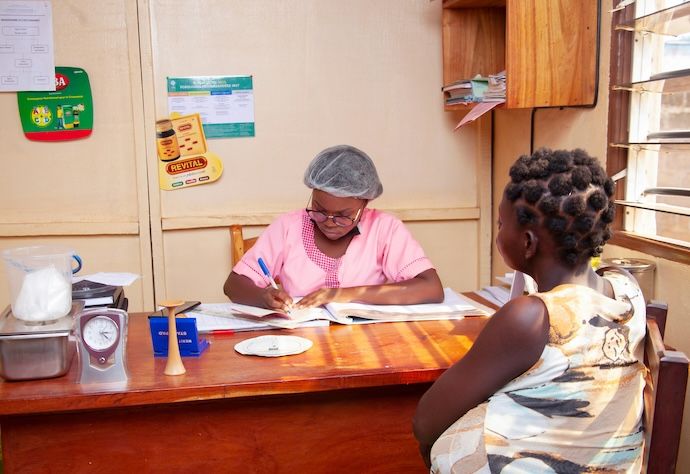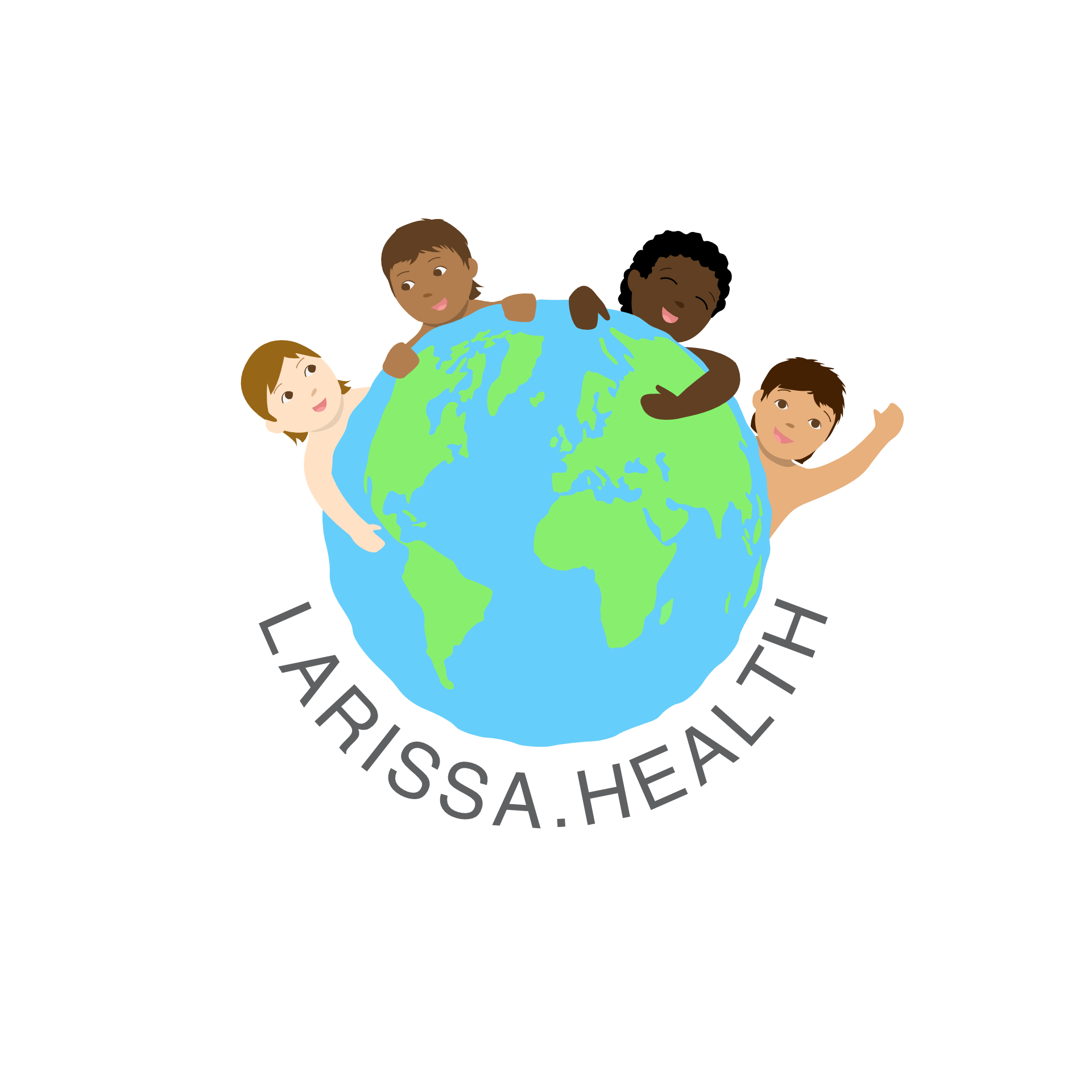Foreign Aid Cuts Threaten Nepal’s Maternal and Child Health Gains
Nepal’s maternal and child health programs face setbacks as foreign aid declines, risking two decades of hard-won progress.
Nepal’s recent economic reclassification from a least-developed country to lower-middle-income status has triggered a decline in foreign aid, threatening decades of progress in maternal, child, and newborn health. Health Minister Pradip Paudel has warned that the disruption of externally funded programs could reverse hard-won reductions in maternal mortality and stall the country’s progress toward Sustainable Development Goals (SDGs) for 2030.
Between 2000 and 2023, Nepal achieved an estimated 71% reduction in its maternal mortality ratio per 100,000 live births, among the steepest declines in South Asia. International development assistance has played a central role in this success, accounting for roughly half of the nation’s health budget. However, as donor nations scale back commitments, critical health interventions are being paused or dismantled.
At a Geneva roundtable ahead of the 78th World Health Assembly in May 2025, Minister Paudel reported that funding shortfalls have disrupted services for about five million women of reproductive age and 1.5 million children under five. A further 3.5 million adults may lose access to reproductive health education and preventive care. The impact extends across essential programs including family planning, immunization, maternal nutrition, and obstetric care.
The reductions stem partly from Nepal’s economic transition. As development agencies reclassify it as a middle-income nation, eligibility for aid programs declines. Key donors such as USAID have begun scaling down support for community-level programs–such as exclusive breastfeeding promotion, neonatal resuscitation training, micronutrient surveys, and family planning supply chains–that once underpinned nationwide improvements in maternal and child survival.
Evidence from Nepal’s own Ministry of Health shows that vitamin A supplementation campaigns reduced under-five mortality by approximately 23% in two decades. Experts warn that discontinuing these programs could erode such achievements, potentially leading to rising preventable deaths among mothers and children. Without sustainable domestic funding, Nepal risks losing two decades of health gains.
 Photo by Lisa Marie Theck
Photo by Lisa Marie Theck
The country’s aid dependency is deep: about 50% of its total health expenditure relies on external sources. The Ministry of Finance has called for an increase in domestic budget allocations and reclassification of maternal-child programs as priority expenditures. Yet projections for the coming fiscal year indicate a reduction of about ₹3 billion in the health budget, linked to uncertainty over donor contributions. Officials are now debating budget revisions to sustain essential programs on maternal nutrition, contraceptive supply, HIV testing, and safe delivery.
Nepal’s high out-of-pocket spending further compounds the challenge. Nearly half of all healthcare costs are borne directly by households, exceeding WHO’s recommended threshold. This financial strain risks reducing access to lifesaving services for low-income families, particularly in rural regions where healthcare infrastructure remains fragile.
Despite these fiscal headwinds, Minister Paudel has affirmed that Nepal remains committed to achieving maternal and child health targets under SDG 3. He appealed to UN agencies and development partners to sustain support during the country’s transition period, emphasizing the importance of shared accountability in safeguarding vulnerable populations.
Civil society organizations and healthcare advocates echo this call, urging domestic reforms that strengthen resilience against future funding shocks. They propose mechanisms such as earmarked health taxes, national social insurance, and transparent fund tracking to ensure continuity of care. Experts argue that long-term sustainability requires a shift from aid dependency toward integrated national financing and digital monitoring systems capable of maintaining service quality even in resource-constrained settings.
Nepal’s current predicament offers a cautionary example of how economic growth does not automatically translate into health security. As foreign aid recedes, the country faces the dual challenge of preserving public health gains while restructuring its financing model. The durability of maternal and child health progress will depend on decisive domestic investment, efficient governance, and continued global partnership–ensuring that financial transitions do not cost lives.
Source: WHO, The Kathmandu Post





